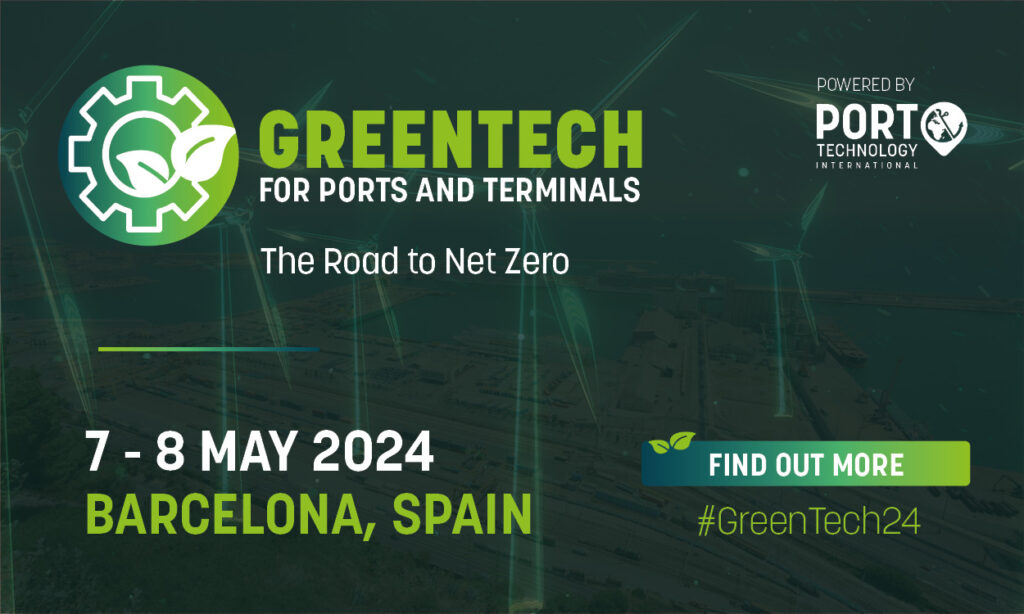Infrastructure is highly important to any container terminal development. Good infrastructure is essential to efficient operations, and represents a major development cost.
This is particularly relevant to automated or semi-automated terminal yards that have typically a higher cost per TEU capacity in comparison to conventional terminal yards and most of this capital expenditure has to be spent upfront in the necessary infrastructure and equipment. This article provides some experience-based recommendations for the successful development of the Container terminal infrastructure.
INTRODUCTION
On April 26, 1956, the converted oil tanker Ideal X was loaded with 58 containers and sailed from Port Newark, New Jersey, to Port of Houston, Texas (Levinson, 2006). In the almost sixty years that passed, the total containers handled globally have increased to about 650 million TEU (see Figure 1). A noticeable rise in container growth rate can be observed after 2001 where global throughput has grown from 239 million TEU in 2001 to almost 520 million TEU by the end of 2008, fuelled by the accession of China to the WTO in 2001 and the continuing strong global demand for many products manufactured in Asia.




